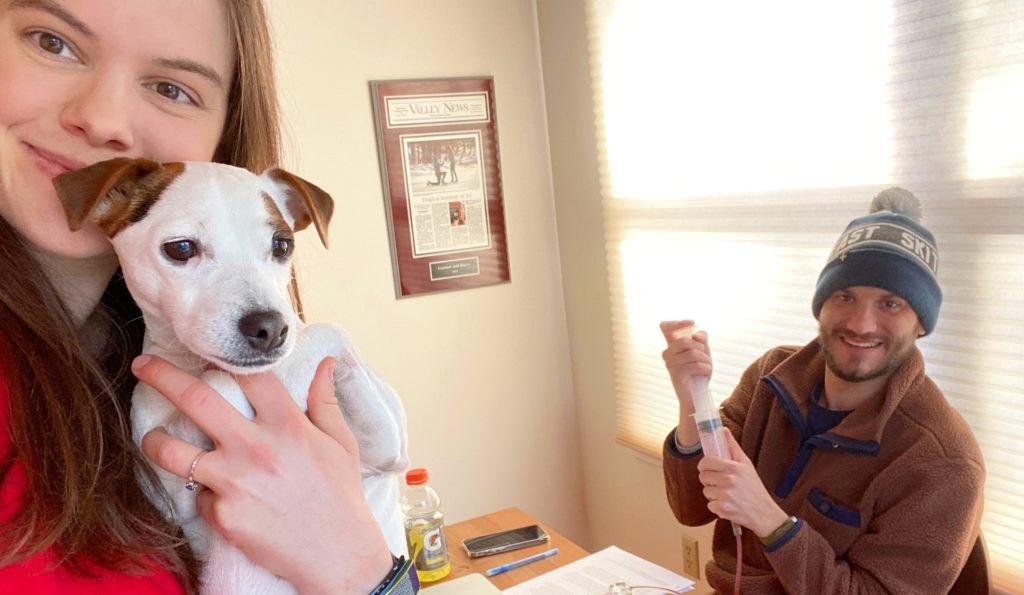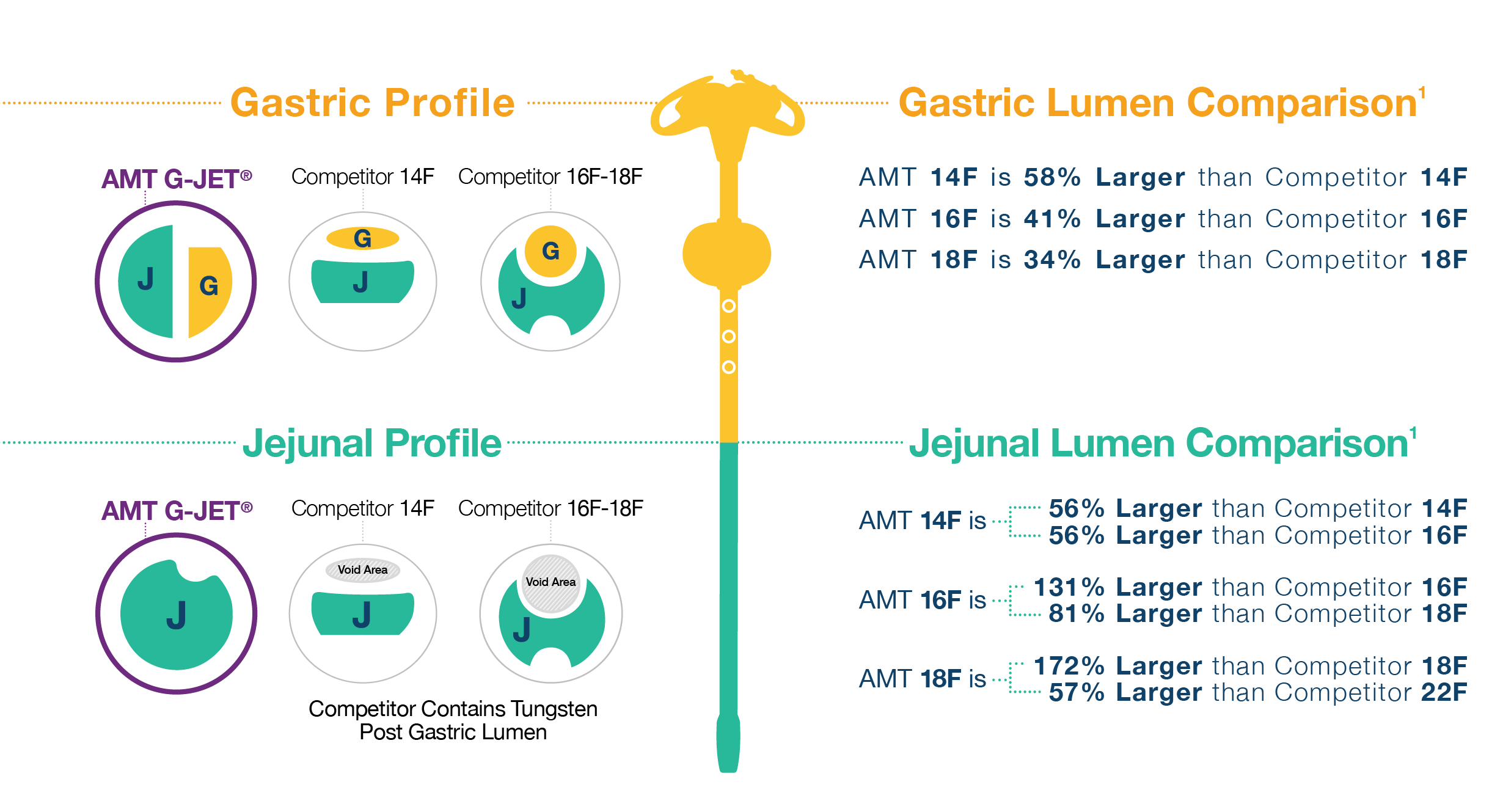withdrawal of feeding tube life expectancy
A qualitative study of family experience. Life Expectancy After Withdrawal of Feeding Tube.
Life expectancy after withdrawal of fluids.
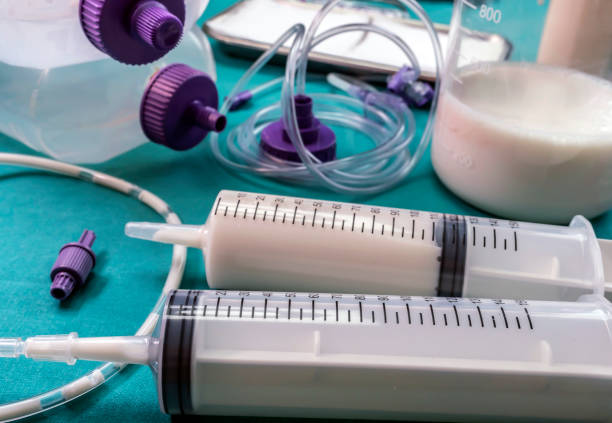
. Staff need to be aware of the distinctive issues around. As you have noticed some people with pegs have conditions that are life limiting but that isnt due to the peg. For the 216 remaining patients life expectancy without the feeding tube was a median of 12 months and it increased to an anticipated life expectancy of a median of 13.
Life expectancy after withdrawal of fluidsshaun thompson elmhurst Consultation Request a Free Consultation Now. According to one article those on their deathbeds can survive between 10 and 14 days without food and water. Hypoxia can cause confusion agitation and even combativeness.
Feeding can cause its own set of issues for loved ones at the end of a life. Most patients receiving PEGs are elderly between 1988 to 1995 the number of elderly hospitalized patients undergoing the procedure increased from 61000 to 121000pipe ALS. When a person is no longer taking in any fluid and is bedridden and thus requires little fluid he or she may live.
It may a year or two but eventually the body seems to adjust quite well to the. The villa pacific palisades ca. Very rarely intravenous nutrition may be appropriate.
A feeding tube may allow life to be prolonged for decades in an otherwise healthy individual. Those with a life expectancy of less than 30 days or who will only require short-term feeding should be fed via a nose or nasogastric feeding tube. But ethics experts say it is incumbent upon members of ethics committees in all health care settings to challenge the notions that artificial feeding is always beneficial to the.
Follow A A My mom is 87 years old unable to walk has dementia and recently had a stroke. In these cases a feeding tube can be inserted to provide 100 percent of nutritional needs. Having a peg will not affect your life expectancy.
This document summarises the mechanism of oral. She didnt respond to. How long can one survive on a feeding tube through the stomach.
This is known as hypoxia. In some instances such as a terminal disease the patient will refuse to have a tube placed for. When a feeding tube is withdrawn how long can someone live.
Impossible tube feeding may be necessary short or long term. Some longer periods of survival have been noted but are less. Deaths after feeding-tube withdrawal from patients in vegetative and minimally conscious states.
While food and water are essential to life there is considerable controversy in the medical. Patients who have had their feeding.
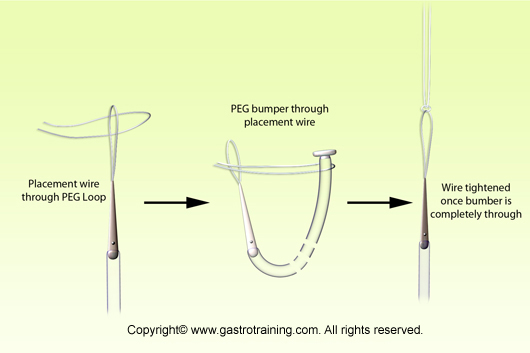
Gastroenterology Education And Cpd For Trainees And Specialists Peg

When A Hospice Patient Stops Eating Or Drinking Vitas Healthcare
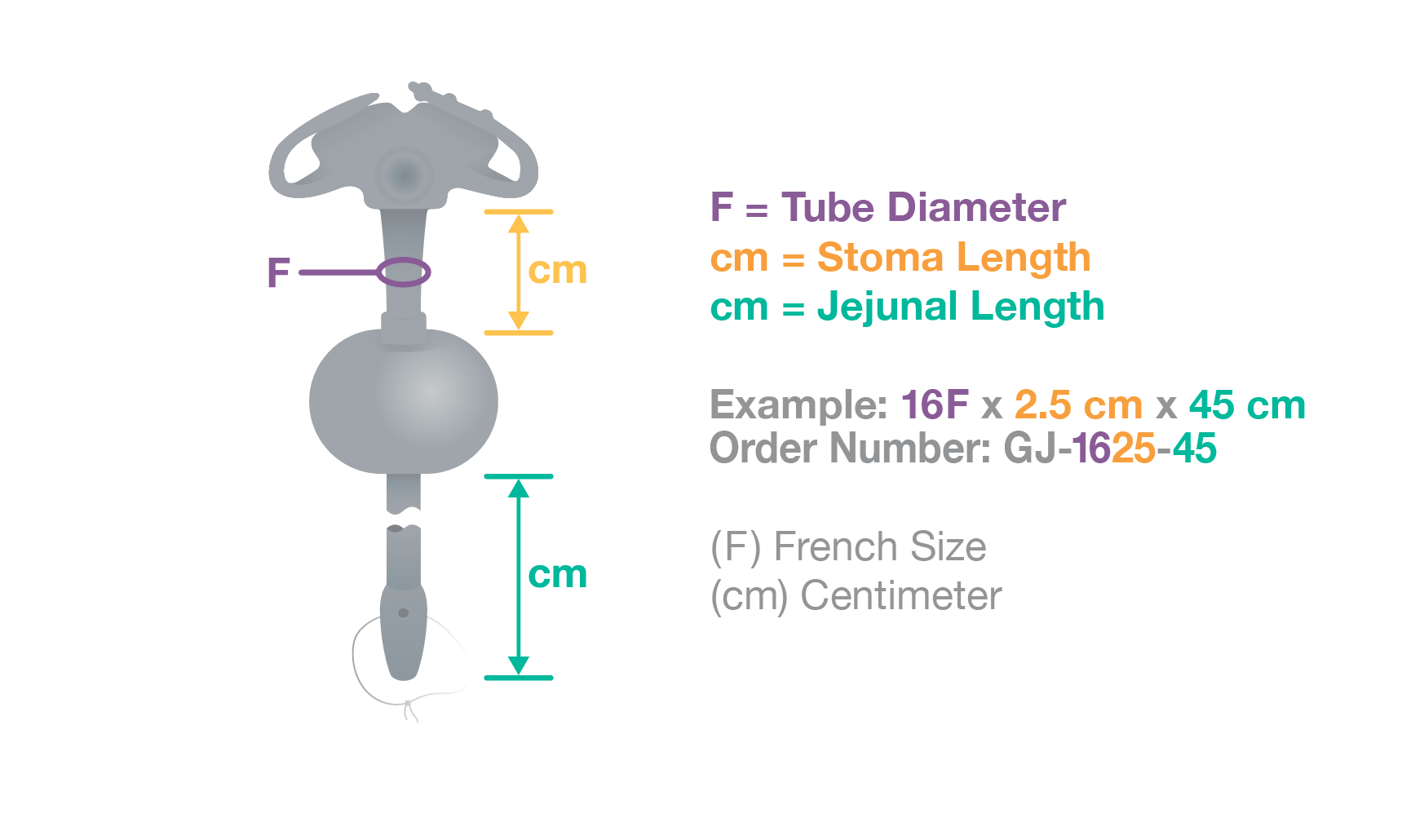
G Jet Low Profile Button G J Tube Balloon Feeding Tube

Feeding Tubes Advance Directives And Jpmc

Ethical Considerations Concerning Use Of Percutaneous Endoscopic Gastrostomy Feeding Tubes In Patients With Advanced Dementia The Permanente Journal

To What Extent Does Clinically Assisted Nutrition And Hydration Have A Role In The Care Of Dying People Adam Nicholas Carter 2020
How Long Can A Person Live After Being Taken Off A Feeding Tube Quora

Ombudsman Bars Food Tube Removal The New York Times

Gastrostomy Tube Feeding In Adults The Risks Benefits And Alternatives Proceedings Of The Nutrition Society Cambridge Core
:max_bytes(150000):strip_icc()/hospital-530691906-576aad6c3df78ca6e45a67d3.jpg)
Benefits And Risks Of Artificial Nutrition Or Hydration

Enteral Nutrition And Dementia Integrating Ethics Schwartz 2018 Nutrition In Clinical Practice Wiley Online Library

Enteral Nutrition And Dementia Integrating Ethics Semantic Scholar

Medical And Ethical Aspects Of Long Term Enteral Tube Feeding Sciencedirect

Home Enteral Nutrition Use Of Photo Elicitation To Capture Patient And Caregiver Experiences Asiedu 2018 Health Science Reports Wiley Online Library

The Cost Of Dying Simple Act Of Feeding Poses Painful Choices The Mercury News

Nasogastric Tube Feeding In Older Patients A Review Of Current Practice And Challenges Faced

Long Term Prognosis Of Enteral Feeding And Parenteral Nutrition In A Population Aged 75 Years And Older A Population Based Cohort Study Bmc Geriatrics Full Text
